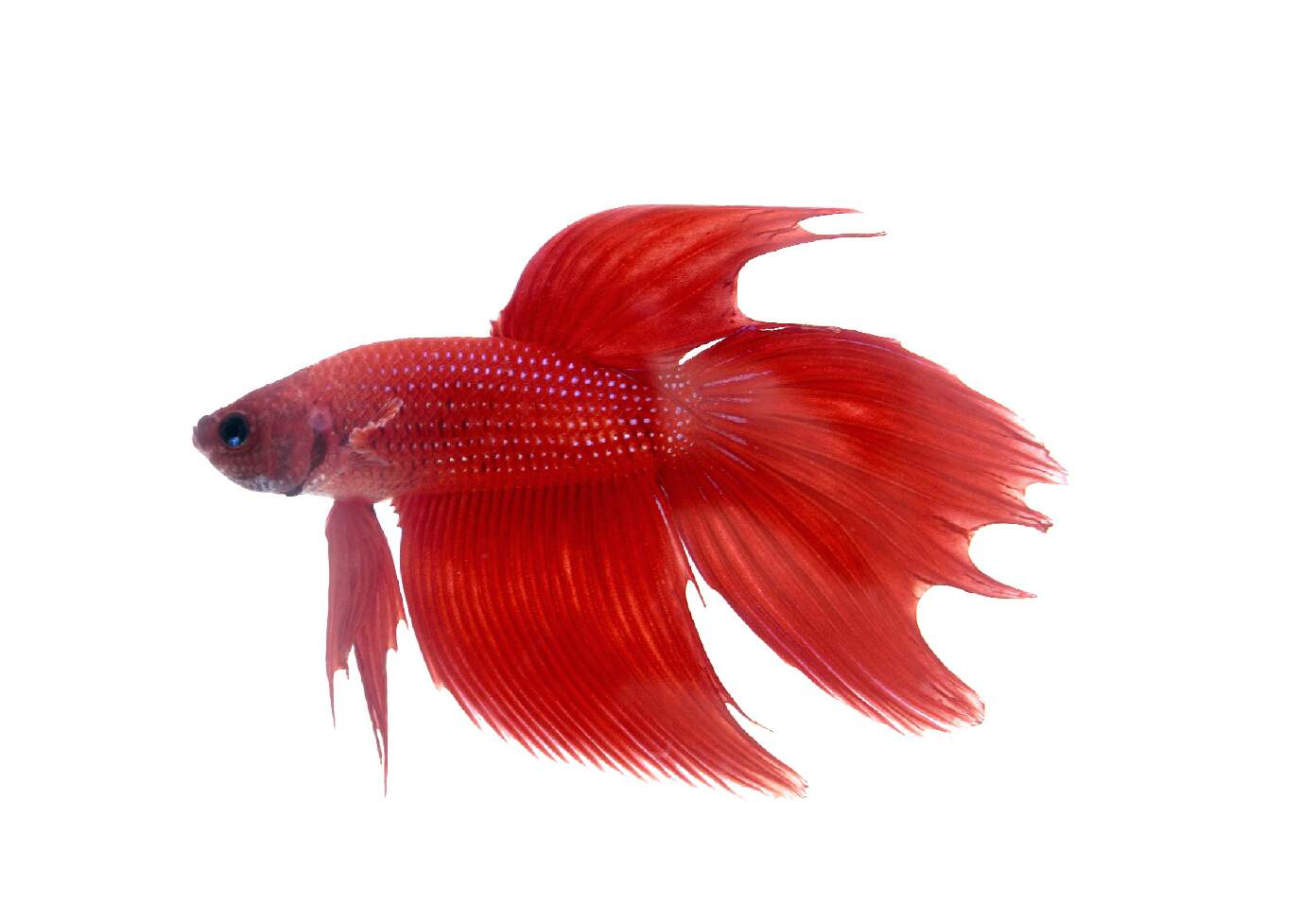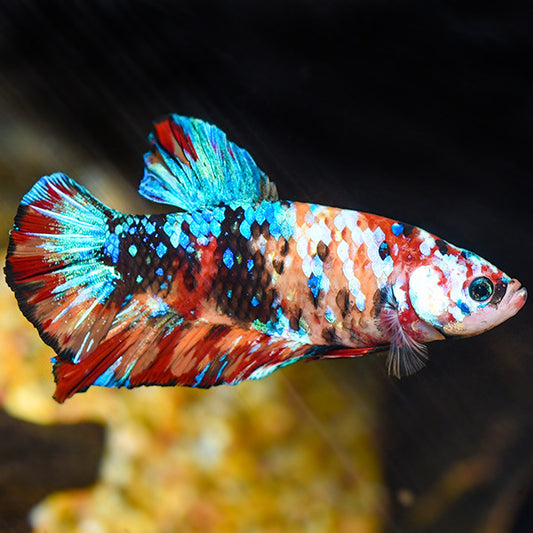Reproducing Betta Fish: a Comprehensive Step-By-Step Guide to Efficiently Raising Child Bettas From Eggs to Their Adult Years
Breeding Betta fish is a thorough venture that calls for careful planning and implementation to make certain the successful growth of fry from eggs to mature fish. As the male Betta diligently constructs a bubble nest and guards the priceless eggs, the succeeding stages of treatment and transition need focus to information and knowledge of ideal practices.

Selecting Reproduction Pairs
When getting started on the journey of reproducing Betta fish, picking the right reproduction pairs is essential to achieving desirable characteristics and a healthy and balanced family tree - betta fish. The primary step in this procedure is to identify the specific qualities you wish to enhance or protect, such as color, fin kind, and body form. It is essential to pick genetically diverse pairs to stay clear of inbreeding, which can result in health concerns and unfavorable qualities
Assess potential reproducing prospects thoroughly. A healthy and balanced male Betta ought to show lively colors, an active demeanor, and well-formed fins, while the woman must also display lively coloration and a rounded tummy, indicating preparedness for spawning. Observing the personality of both fish is essential, as aggressive or overly timid people may not reproduce effectively.
Documentation of lineage is just as important. Keeping documents of the moms and dad fish's ancestry can assist you track hereditary traits and prospective concerns. In addition, seek advice from reliable dog breeders or on-line sources for guidance on choosing compatible sets. Inevitably, spending time in the selection process will substantially boost the likelihood of generating solid, vibrant offspring that satisfy your reproduction objectives (betta fish).

Preparing the Reproduction Container
Developing an ideal breeding setting is an essential step after picking appropriate pairs for Betta fish. The reproduction storage tank should be especially made to supply convenience and promote the natural breeding actions of the fish. Beginning with a container dimension of at the very least 10 gallons to make certain ample room for both the male and women Bettas.
Preserve a mild filtering system to keep the water clean while avoiding solid currents that can stress the fish. Furthermore, an air stone can be contributed to provide oxygenation without interfering with the water surface area as well a lot.
Temperature level regulation is essential; go for a steady series of 78-82 ° F(25-28 ° C) using a reputable heater. The pH level need to be maintained in between 6.5 and 7.5, and normal water changes are needed to ensure high water quality.
Integrate drifting plants or spawning mops to produce concealing spots for the woman, while additionally encouraging bubble nest building by the man - betta fish. Guarantee the tank is totally free from sharp designs and any kind of potential risks, as the welfare of the fish must constantly be focused on throughout this crucial stage of reproduction.
The Reproduction Process
Normally, the reproducing procedure for Betta fish involves a series of distinct and evident actions that indicate preparedness for recreation. The male Betta begins by developing a bubble nest at the water's surface area, which works as a website for the fed eggs. This nest is critical, as it provides a secure setting for the eggs till they hatch out.
As soon as the nest is established, the male will display courtship behaviors, such as flaring his fins and exhibiting vibrant shades to attract the female. The woman, upon sensing the male's preparedness, will certainly react by showing upright stripes along her body, indicating her receptiveness.
The fed eggs then drop to the bubble nest, where the male meticulously accumulates and returns them to the nest. Following this, the male assumes duty for safeguarding the nest and ensuring the safety and security of the eggs up over at this website until they hatch out, normally within 24-36 hours.
Caring for Betta Fry
Caring for Betta fry requires cautious focus to their atmosphere and nutrition to make certain healthy development and growth. After hatching, Betta fry are very small and prone, demanding a steady and tidy habitat.
Feeding Betta fry is just as vital. At first, they must be offered infusoria or finely smashed high-quality fry food, as their mouths are as well tiny to take care of larger particles. As they expand, you can progressively present bigger foods, such as child brine shrimp or powdered flakes, to guarantee they obtain adequate nutrition. Feed them percentages a number of times a day, taking care not to overfeed, which can bring about water top quality concerns.
Transitioning to Adult Bettas
As Betta fry mature, transitioning them to adult Bettas is a critical phase that requires careful management of their setting and social communications. This procedure commonly starts when the fry reach around six weeks of age, at which factor they can be gradually presented to an extra structured living atmosphere.
To promote this change, it is important to guarantee that the water criteria-- such as temperature level, pH, and ammonia levels-- are optimum and steady. Grown-up Betta fish flourish in cozy water (around 78-80 ° F) with a pH of 6.5 to 7.5. Gradually acclimate the fry to these problems to reduce stress.
Social communications are another crucial factor; male Bettas are infamously territorial and aggressive. Consequently, it is suggested to separate men into individual storage tanks as they get redirected here mature. Female Bettas can be housed together, yet care ought to be required to keep track of for indications of aggressiveness.
Additionally, dietary changes should be made as the fry grow. Include premium pellets and live foods to sustain their growth view it and health and wellness. By handling these factors successfully, you can advertise a successful transition to their adult years for your Betta fish.

Conclusion
Effective breeding of Betta fish requires mindful interest to detail throughout the whole process, from picking genetically diverse pairs to giving ideal care for fry. Furthermore, a balanced diet regimen and gradual adjustment to adult settings are vital for the growth and growth of Betta fish.